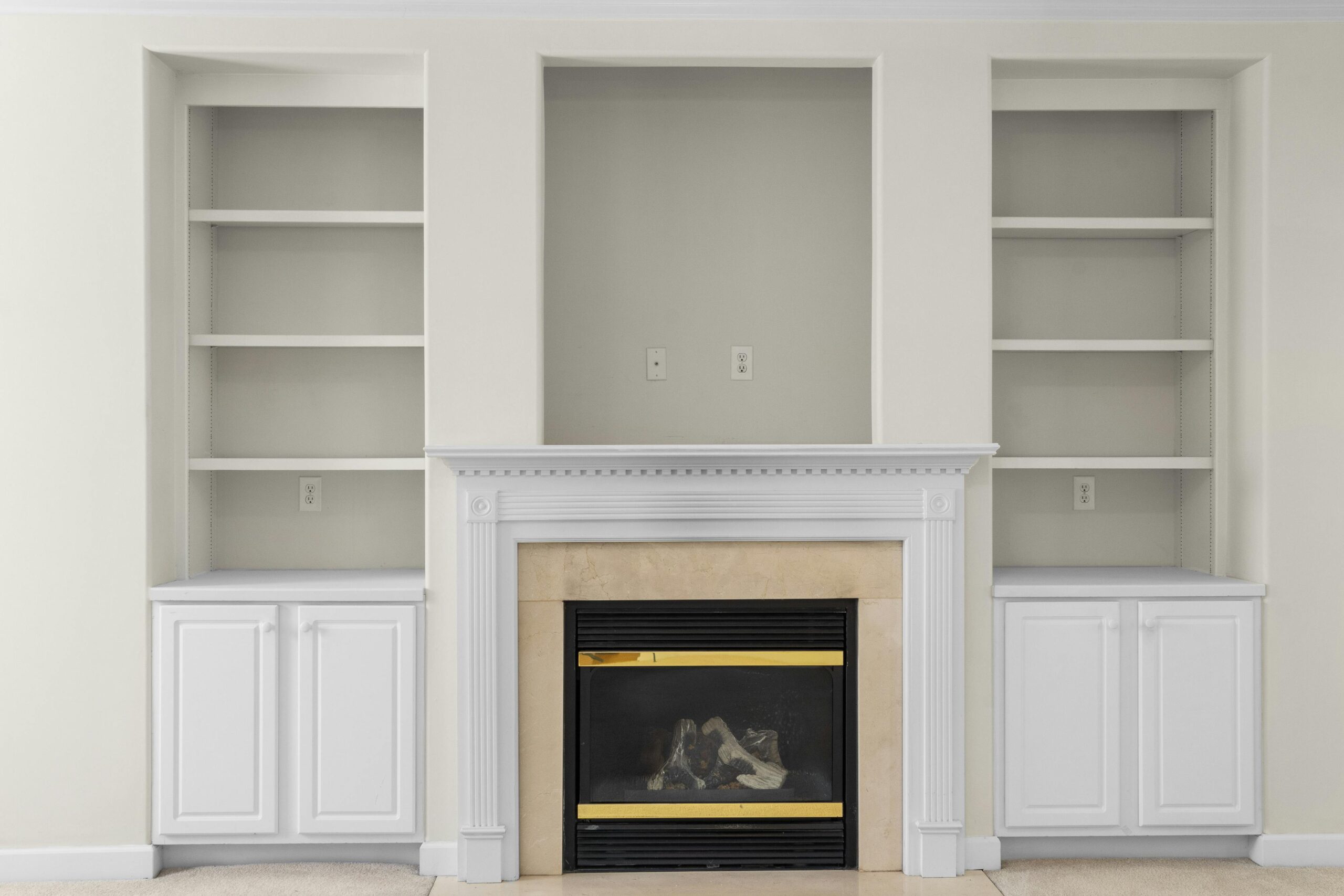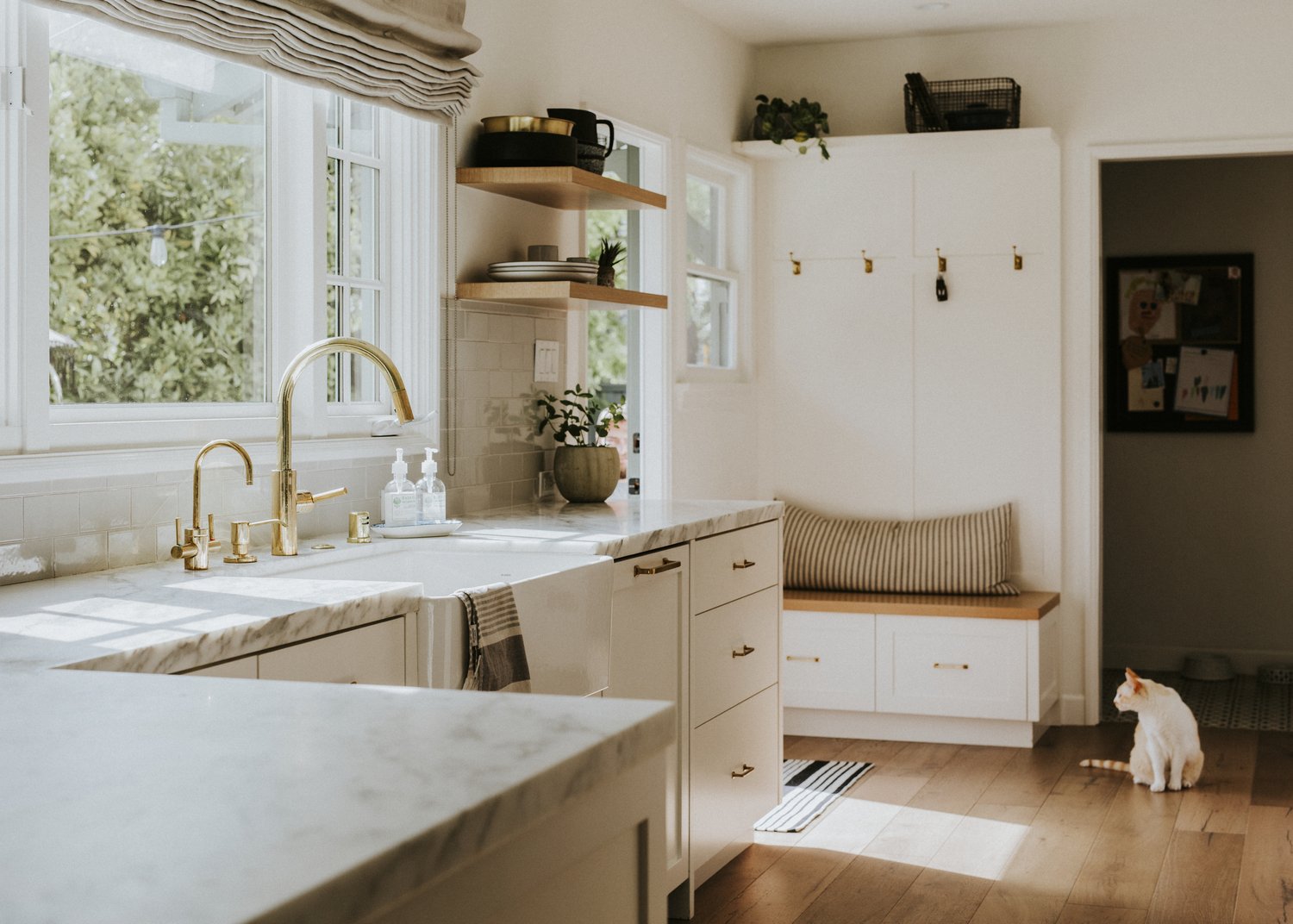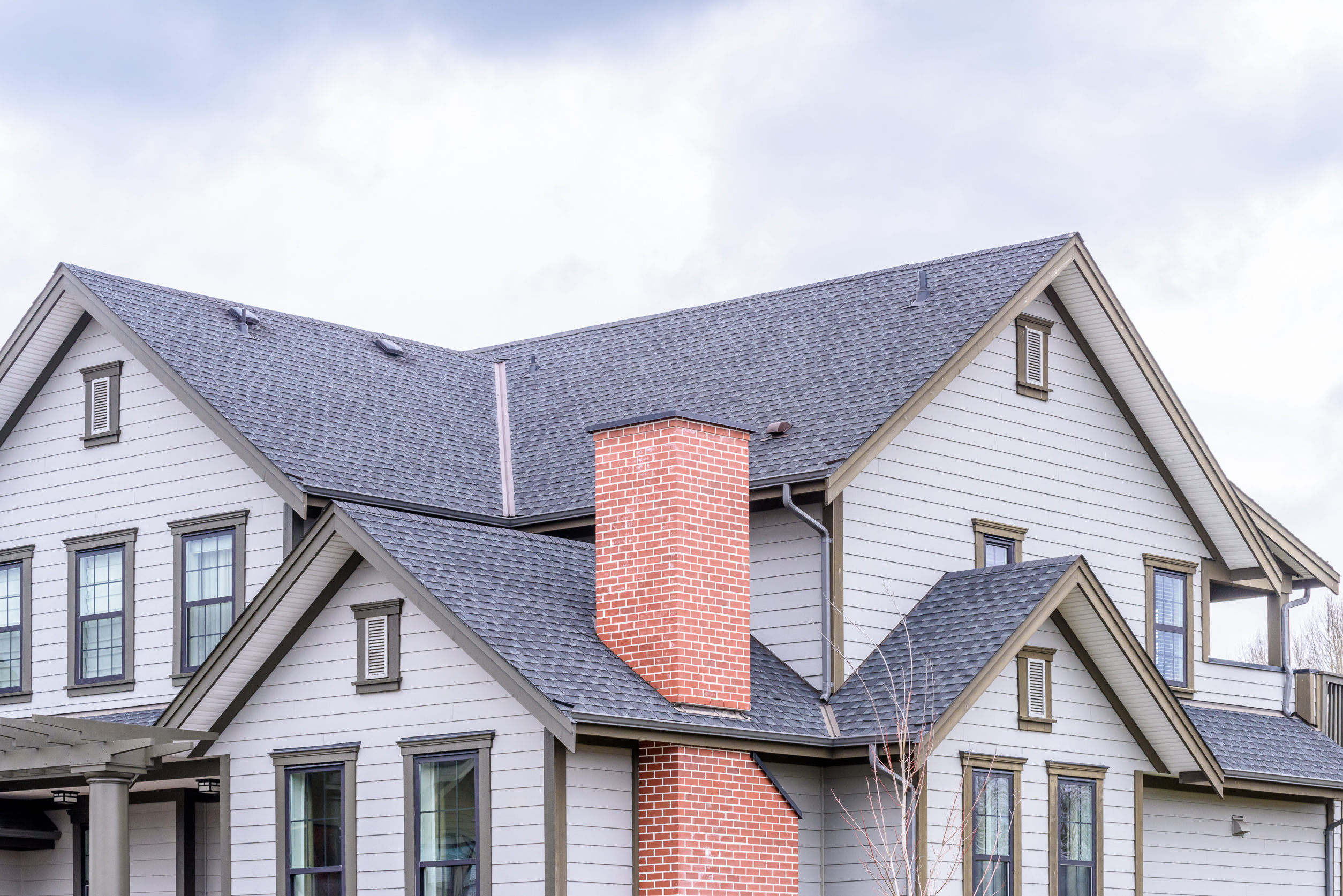Built-in bookshelves transform ordinary walls into functional architectural features that add character and storage to any home. Whether you’re looking to maximize space in a small room or create a stunning focal point in your living room, custom built-in shelving offers both practical and aesthetic benefits. This guide will walk you through the essential planning and design considerations for creating beautiful DIY built-in bookshelves, helping you navigate material selection, dimensions, and seamless integration with your existing architecture.
Understanding the Appeal of Built-In Shelving
Built-in bookshelves provide more than just a place to store your literary collection. These custom storage solutions create an architectural feature that can dramatically enhance your home’s visual appeal and value. Unlike freestanding shelves, built-ins look like a permanent part of your home, offering a custom look that speaks to thoughtful design. Living room bookshelves that are built into alcoves, around windows, or along entire walls make use of otherwise wasted space while providing a cohesive look that off-the-shelf furniture simply cannot match. The beauty of creating DIY built in bookshelves plans is that you can perfectly tailor the design to your specific needs, space, and aesthetic preferences rather than compromising with pre-made options.
Assessing Your Space and Needs
Before diving into construction, take time to thoroughly evaluate the space where your built-ins will live. Measure the available area carefully, noting ceiling height, wall width, and any architectural features that might affect your design. Consider what items you’ll be storing – books of various sizes, decorative objects, electronics, or a combination. Think about how your built-in storage solutions will function in daily life. Will you need adjustable shelves to accommodate changing needs? Do you require closed storage at the bottom for items you’d rather keep hidden? Would incorporating a desk area or window seat enhance the functionality? According to experts at AskHomey, taking detailed measurements and creating a comprehensive inventory of what you’ll store helps ensure your final design meets both current and future needs.
Designing Your Custom Shelving
The design phase is where your custom shelving ideas come to life. Begin by sketching several potential layouts, playing with different configurations until you find one that balances aesthetics and practicality. Consider the visual weight of your shelves – evenly spaced shelves create a uniform look, while varied spacing adds visual interest. Think about incorporating features like crown molding at the top, decorative trim, or cabinet doors at the bottom to enhance the built-in appearance. For depth, standard bookshelves typically range from 10-12 inches, but you might want deeper shelves for larger items or display areas. Height between shelves depends on your storage needs – allow at least 10-12 inches for standard books, more for oversized items, and consider leaving some taller spaces for decorative objects that add personality to your shelving arrangement.
Material Selection for Durability and Style
The materials you choose significantly impact both the appearance and longevity of your DIY built in bookshelves. Solid wood offers classic beauty and durability but comes at a higher cost. Plywood presents an excellent alternative, providing structural strength while being more budget-friendly. For a polished, painted finish, medium-density fiberboard (MDF) works well for facing components and trim, though it’s not ideal for structural elements. When selecting your materials, consider how they’ll integrate with your home’s existing finishes. Will you paint your shelves to match your trim, or opt for natural wood tones that complement your flooring? The finish you choose affects not just appearance but also maintenance requirements over time. Remember that darker finishes show dust more readily, while painted surfaces may need occasional touch-ups but can easily be refreshed years later.
Integration with Existing Architecture
The most successful built-in bookshelves look as though they were always part of your home’s design. Achieving this seamless integration requires attention to architectural details. Study the existing moldings, baseboards, and trim work in your home, and incorporate similar elements into your shelving design. If your built-ins will surround a window or fireplace, ensure that the shelving proportions respect and enhance these features rather than overwhelming them. For living room bookshelves especially, consider the overall balance of the space – built-ins that extend to the ceiling draw the eye upward and make rooms feel taller, while those aligned with existing furniture heights create a more horizontal, grounded feeling. The transition between your built-ins and adjacent walls should be thoughtfully handled with trim pieces that match existing architectural elements.
Planning for Construction and Installation
Even the most beautiful custom shelving ideas require careful construction planning. Create detailed shop drawings that specify every dimension and component. Decide whether you’ll build your shelves in place or construct cabinet-like units that can be secured to the wall. Consider access to electrical outlets and whether you might want to incorporate lighting into your design. Determine if your floors and walls are level – most homes have some irregularities that will need to be addressed during installation. Plan for how you’ll finish edges where shelving meets walls, ceilings, and floors to create that built-in look. Take time to source quality hardware for adjustable shelving if that’s part of your design, as these small components significantly affect both the functionality and longevity of your built-in storage solutions.
For more tips and to connect with reliable home service professionals, follow AskHomey on Facebook and Instagram.



